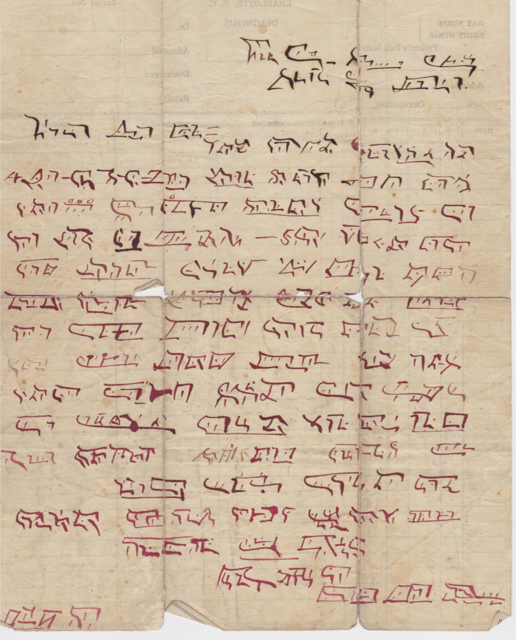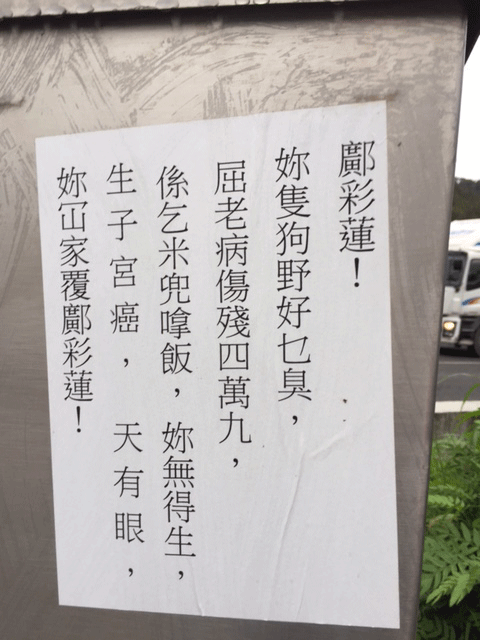Archive for May, 2017
Which, close enough
John Herrman, "The Online Marketplace That’s a Portal to the Future of Capitalism", New York Times Magazine, 5/3/2017:
Among the items I sent to my friend, on our modest budget: a laser pointer; 100-count “super strong” small magnets; a functioning violin; a spare part for the window mechanism on an Audi A6; a deep-V-neck sweater; and of course, the self-stirring mug. Shipping was often free, or only a dollar. The items were extraordinarily well reviewed, often by thousands of customers. The deals seemed, if not exactly too good to be true, at least economically unfeasible — which, close enough.
Michael Glazer, who sent in the link, commented:
Because, why not?
Read the rest of this entry »
Wetware lives in meatspace
I missed Heather McHugh's poem "Hackers can sidejack cookies" — a collage of fragments from the Jargon File — when the New Yorker published the text in 2009. Here's the author reading it at B.U. on 4/17/2010:
Read the rest of this entry »
Unknown language #9
Forwarded by Geoff Wade (sans Twitter comments):
HELP NEEDED: A researcher has asked if we can help with translation of this… pic.twitter.com/uZl1GGS4Qh
— Royal Asiatic Society (@RAS_Soc) May 4, 2017
Read the rest of this entry »
Strong /t/
Peter Serafinowicz has created and uploaded to YouTube several dozen videos in the "Sassy Trump" series, in which he revoices Donald Trump's words in a stereotypically gay manner. One example:
https://www.youtube.com/watch?v=7ilXuR93xQM
Read the rest of this entry »
The sanitization of a sensual Chinese poem
From Michael Pratt, a former professor of Spanish, who relocated to Shenzhen to learn more about Chinese poetry, which was his chief motivation for moving to China:
At times, when I discuss Tang shi ("Tang poetry") with Chinese acquaintances, I am struck by their seeming dogmatism about the range of possible interpretations. For example, in a recent conversation about the poem “Jīnlǚ yī 金缕衣” ("The Robe of Golden Thread"), traditionally attributed to Dù Qiūniáng 杜秋娘 ("Autumn Maid Du")*, my Chinese interlocutor was adamant that the speaker’s insistence on the importance of plucking blossoms during one’s qīngshàonián 少年时 ("youth") was entirely high-minded — i.e., that it was a vulgar mistake for me even to suggest that sex or love might number among the pleasures symbolized by those enticing but ephemeral blossoms.
[*VHM: article in Mandarin; in Literary Sinitic; in Norsk bokmål]
Read the rest of this entry »
White dude challenges Chinese speakers in Shanghai
Jayme, his gangling arms covered with colorful tattoos, sallies forth onto Nanjing Road, the busiest shopping street in Shanghai, and tests the local denizens and tourists on their language skills (reading, writing, and pronunciation):
Read the rest of this entry »
Bill Gates speaks Mandarin
Here's Bǐ'ěr·Gàicí 比尔·盖茨 welcoming visitors to his new blog on the Chinese social network WeChat:
Read the rest of this entry »
Salty pig's hand
Tony Lin, "End of the Line for Subway Ad Against Sexual Harassment: One year later, Guangzhou feminist group still hasn’t succeeded in putting up anti-harassment billboards" (Sixth Tone, 4/28/17) is about a group of Chinese women who have — unsuccessfully so far — tried to place a series of public service notices in the Guangzhou subway, alerting passengers to the need to oppose groping. It contains pictures of the would-be ads, including this one:
Read the rest of this entry »
Unknown language #8
Michael Carasik, on behalf of NAPH (National Association of Professors of Hebrew), has forwarded to me a letter that was written to Oscar P. Schaub in the 1920s. Can anyone identify the script and/or translate it for him?
Read the rest of this entry »
Last gasp of lead type
Chen Cheng-wei and staff writer Elizabeth Hsu, "Taiwan's last lead-character mold maker works to preserve the past" (Focus Taiwan, 5/1/17):
Rixing Type Foundry is home to the last remaining collection of traditional Chinese movable type character molds in the world. It possesses 120,000 molds of different characters in a wide range of sizes and three different typefaces — kaiti (楷體) or regular script, songti (宋體) and heiti (黒體) or sans-serif black — and has more than 10 million lead character pieces for printing or sale.
Read the rest of this entry »




